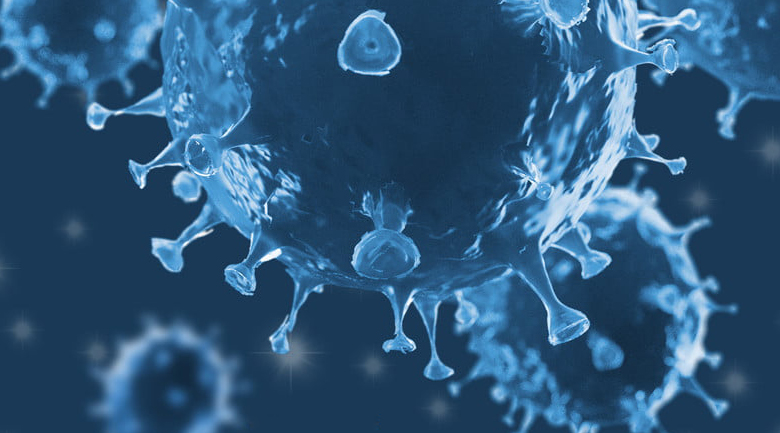
Behind Pfizer and Moderna, CureVac’s mRNA COVID-19 vaccine was long-anticipated, with hundreds of millions of doses already pre-ordered. Late in 2020, two experimental mRNA COVID-19 vaccines delivered stunningly positive final phase human trial results. Trailing behind those two vaccines was a third mRNA COVID-19 candidate from a German company called CureVac. Founded in 2000 by Ingmar Hoerr, CureVac was one of the first biopharmaceutical companies to really focus on mRNA therapies.
Following the success of other mRNA COVID-19 vaccines in late 2020, a great deal of attention shifted to CureVac’s promising candidate. It was cheaper and crucially didn’t require the extreme cold storage needed to preserve other mRNA vaccines. Exactly why CureVac’s mRNA COVID-19 vaccine does not seem to be as effective as Pfizer or Moderna’s is a massive mystery. Increasing volumes of real-world data do indicate current mRNA COVID-19 vaccines do seem to offer strong, albeit slightly reduced, protection from disease caused by these new variants.
One of the big differences between CureVac’s mRNA vaccine and those developed by Pfizer and Moderna is how the mRNA molecules are designed. CureVac has long touted its use of a natural, unmodified form of mRNA, while the other two vaccines rely on several key RNA base modifications. CureVac’s chief technology officer has recently said it is too early to completely write-off unmodified natural mRNA, and the company is already working on a new iteration of its COVID-19 vaccine, still using unmodified mRNA. But other mRNA researchers seem more convinced unmodified mRNA is simply a less effective vaccine technology.
And despite CureVac’s mRNA stumble we are quickly learning how to optimize these vaccines with newer, safer, and more effective iterations in development.
